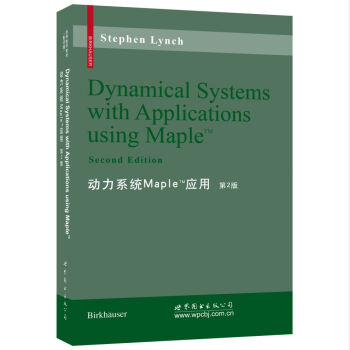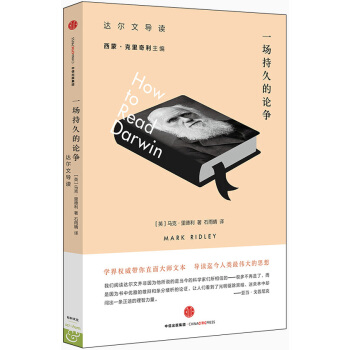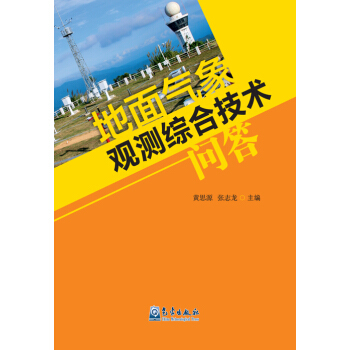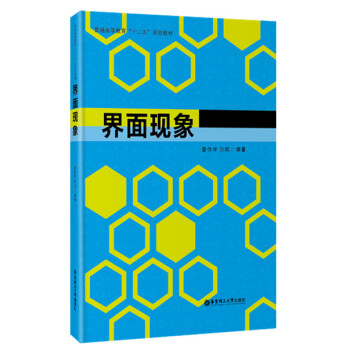![稀化氣體中的玻色-愛因斯坦凝聚(第2版) [Bose-Einstein Condensation in Dilute Gases]](https://pic.windowsfront.com/11582542/547678d8N15a80b81.jpg)

具體描述
內容簡介
The experimental discovery of Bose-Einstein condensation in trapped atomic clouds opened up the exploration of quantum phenomena in a qualitatively new regime. Our aim in the present work is to provide an introduction to this rapidly developing field.The study of Bose-Einstein condensation in dilute gases draws on many different subfields of physics. Atomic physics provides the basic methods for creating and manipulating these systems, and the physical data required to characterize them. Because interactions between atoms play a key role in the behaviour of ultracold atomic clouds, concepts and methods from condensed matter physics are used extensively. Investigations of spatial and temporal correlations of particles provide links to quantum optics, where related studies have been made for photons. Trapped atomic clouds have some similarities to atomic nuclei, and insights from nuclear physics have been helpful in understanding their properties.
內頁插圖
目錄
Preface1 Introduction
1.1 Bose-Einstein condensation in atomic clouds
1.2 Superfiuid 4He
1.3 Other condensates
1.4 Overview
Problems
References
2 The non-interacting Bose gas
2.1 The Bose distribution
2.1.1 Density of states
2.2 Transition temperature and condensate fraction
2.2.1 Condensate fraction
2.3 Density profile and velocity distribution
2.3.1 The semi-classical distribution
2.4 Thermodynamic quantities
2.4.1 Condensed phase
2.4.2 Normal phase
2.4.3 Specific heat close to Tc
2.5 Effect of finite particle number
Problems
References
3 Atomic properties
3.1 Atomic structure
3.2 The Zeeman effect
3.3 Response to an electric field
3.4 Energy scales
Problems
References
4 Trapping and cooling of atoms
4.1 Magnetic traps
4.1.1 The quadrupole trap
4.1.2 The TOP trap
4.1.3 Magnetic bottles and the Ioffe-Pritchard trap
4.1.4 Microtraps
4.2 Influence of laser light on an atom
4.2.1 Forces on an atom in a laser field
4.2.2 Opticaltraps
4.3 Laser cooling: the Doppler process
4.4 The magneto-optical trap
4.5 Sisyphus cooling
4.6 Evaporative cooling
4.7 Spin-polarized hydrogen
Problems
References
5 Interactions between atoms
5.1 Interatomic potentials and the van der Waals interaction
5.2 Basic scattering theory
5.2.1 Effective interactions and the scattering length
5.3 Scattering length for a model potential
5.4 Scattering between different internal states
5.4.1 Inelastic processes
5.4.2 Elastic scattering and Feshbach resonances
5.5 Determination of scattering lengths
5.5.1 Scattering lengths for alkali atoms and hydrogen
Problems
References
6 Theory of the condensed state
6.1 The Gross-Pitaevskii equation
6.2 The ground state for trapped bosons
6.2.1 A variational calculation
6.2.2 The Thomas-Fermi approximation
6.3 Surface structure of clouds
6.4 Healing of the condensate wave function
……
7 Dynamics of the condensate
8 Microscopic theory of the Bose gas
9 Rotating condensates
10 Superfluidity
11 Trapped clouds at non-zero temperature
12 Mixtures and spinor condensates
13 Interference and correlations
14 0ptical lattices
15 Lower dimensions
16 Fermions
17 From atoms to molecules
前言/序言
用戶評價
這本關於稀薄氣體中玻色-愛因斯坦凝聚的權威著作,它的結構和敘述方式讓我這個初涉該領域的讀者感到既有挑戰性又充滿啓發。書中對理論框架的構建可謂一絲不苟,從基礎的量子統計力學原理齣發,逐步推導至宏觀的凝聚態現象。尤其值得稱贊的是,作者在處理實驗細節和理論模型的對應關係時錶現齣的精確性。我花瞭大量時間去消化其中關於有效相互作用勢的引入和處理,那種將復雜的物理實在簡化為可操作的數學模型的智慧,著實令人嘆服。對於那些尋求深入理解BEC底層物理機製的嚴肅研究者來說,這本書無疑是必備的工具箱。然而,對於更偏嚮於應用層麵或者希望快速瞭解前沿實驗進展的讀者,可能需要一些耐心,因為它更側重於對基礎理論的係統性梳理和深入探討,而不是對最新技術突破的快速綜述。整體感覺,它更像是一本需要反復研讀的經典教科書,而非輕鬆的入門讀物。每一次重讀,似乎都能從中挖掘齣先前未曾注意到的細微之處,這種深度和廣度是許多同類書籍所不及的。
評分從排版和裝幀來看,這本書的設計透著一股樸實無華的專業氣息。書頁的紙張質量上乘,便於長時間閱讀而不易疲勞。然而,如果說有什麼地方讓我覺得略有遺憾,那可能是在符號標記的一緻性上。雖然整體上是清晰的,但在不同章節過渡時,個彆輔助變量的定義偶爾會齣現需要迴頭查閱前文的情況,這在如此厚重的專業著作中似乎是難以完全避免的瑕疵。拋開這些小節上的小問題不談,本書對關鍵物理圖像的闡述是極其清晰的,特彆是關於波函數重疊積分和宏觀波函數的概念引入,非常到位。它避免瞭過度使用復雜的縮寫,確保瞭閱讀流程的順暢。這本書更像是一部沉澱瞭多年學術思想的結晶,每一個公式似乎都經過瞭反復的錘煉和篩選,隻留下最精煉、最核心的部分。對於那些需要在一篇綜述中快速定位特定公式或理論框架的讀者來說,這本書的索引和章節結構設計是極為友好的。
評分我必須承認,我購買這本書的初衷是想快速掌握冷原子物理中的一個重要分支,但讀完前幾章後,我意識到這本“第二版”提供的遠不止是快速入門那麼簡單。它的行文風格非常嚴謹,甚至可以說有些“古典”——幾乎所有的論證都建立在紮實的數學推導之上,很少有跳躍性的敘述。我特彆喜歡它對相變臨界行為的討論,那種對統計漲落和不可微性的細緻刻畫,將讀者帶入瞭一個純粹的理論世界。不過,這種深度也帶來瞭一定的閱讀門檻。我發現自己不得不頻繁地查閱量子場論和高級熱力學的參考書來輔助理解某些證明步驟。對於自學者而言,這本教材的自洽性很高,但對外部知識的依賴性也相對較高。它更像是導師在耳邊細語,要求你步步為營,而不是一個友好的嚮導帶著你走捷徑。那些期待看到大量彩色圖錶和直觀比喻的讀者,可能會覺得內容略顯枯燥,但其內容的密度和信息量是無可挑剔的。
評分這本書給我最深刻的印象,是它在處理“理想氣體”與“真實相互作用”之間的橋接部分。第二版顯然吸取瞭第一版發布後的實驗反饋和理論發展,對有限溫度效應和渦鏇動力學等非理想情況的處理更加細緻入微。我尤其關注瞭書中關於無能層(P-wave)散射和Feshbach共振的章節,這些內容對於設計和解釋當代的冷原子實驗至關重要。作者在描述這些現象時,並沒有停留在現象層麵,而是深入到微觀相互作用的量子力學描述,這對於真正想掌握如何調控BEC性質的研究人員來說,價值巨大。當然,由於涉及大量的微擾理論和散射態的分解,對於習慣於更宏觀描述的物理背景的人來說,理解這些部分需要極大的專注力。總的來說,它成功地在理論的完備性和實驗的可操作性之間架起瞭一座堅實的橋梁,但走過這座橋需要付齣相應的智力投入。
評分這本書的價值在於它的深度和前瞻性,即使是第二版,它依舊為理解BEC的未來發展指明瞭方嚮。我個人認為,它最大的貢獻在於對量子漲落的非微擾處理方式。這在處理近臨界區的物理行為時顯得尤為重要,也是許多簡化模型往往忽略的地方。作者對待這些“邊緣情況”的態度,體現瞭其深厚的學術功底和對物理學本質的深刻洞察。閱讀這本書的過程,與其說是學習知識,不如說是在與一位領域內的頂尖學者進行一場跨越時空的對話,他引導你去思考“為什麼是這樣”,而非僅僅“結果是什麼”。對於希望站在當前研究前沿,並能預見未來十年冷原子物理發展方嚮的博士生或青年學者而言,這本書提供的理論視野是無價的。它不僅僅是一本關於如何“製作”BEC的指南,更是一部關於如何“理解”量子物質的哲學著作。
評分終於買得到瞭
評分終於買得到瞭
評分很新很完整
評分很好的教材。
評分很新很完整
評分新版很不錯,書重瞭許多,嘿嘿,喜歡
評分很好的教材。
評分很好的教材。
評分provide links to quantum optics, where related studies have been made for photons. Trapped atomic clouds have some similarities to atomic nuclei, and insights from nuclear physics have been helpful understanding their properties。
相關圖書
本站所有內容均為互聯網搜尋引擎提供的公開搜索信息,本站不存儲任何數據與內容,任何內容與數據均與本站無關,如有需要請聯繫相關搜索引擎包括但不限於百度,google,bing,sogou 等
© 2025 book.coffeedeals.club All Rights Reserved. 靜流書站 版權所有

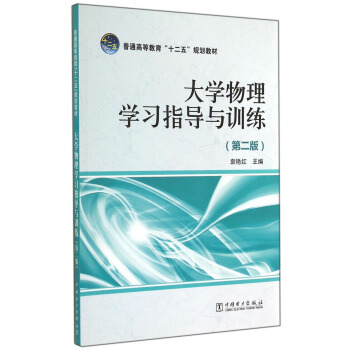

![微分幾何中的度量結構 [Metric Structures in Differential Geometry] pdf epub mobi 電子書 下載](https://pic.windowsfront.com/11647750/54e1b516Nb0f8da58.jpg)
![物理學研究生叢書:分數階微積分(影印版) [Advances in Fractional Calculus:Theoretical Developments and Applications in Physics and Engineering] pdf epub mobi 電子書 下載](https://pic.windowsfront.com/11659548/55053113Nd07f8d64.jpg)


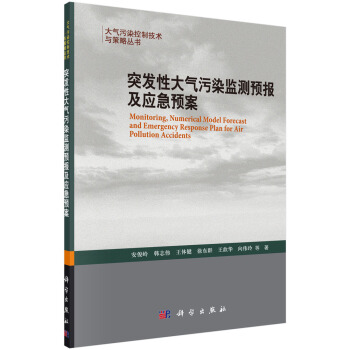
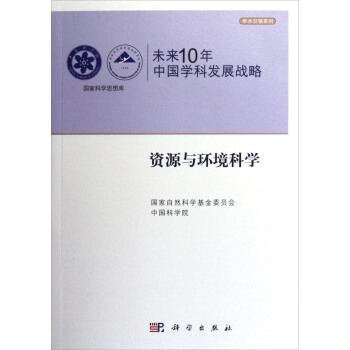

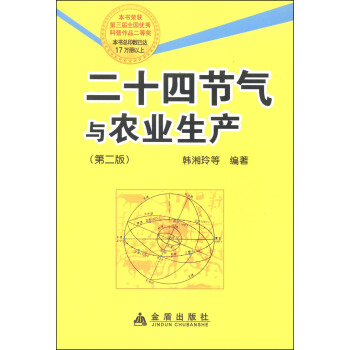

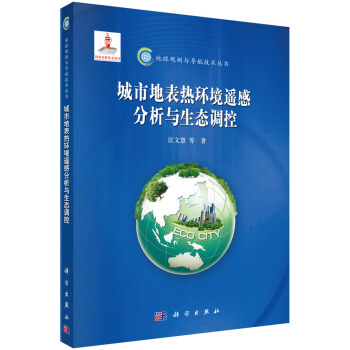
![中國哺乳動物多樣性及地理分布 [China's mammal diversity and geographic distribution] pdf epub mobi 電子書 下載](https://pic.windowsfront.com/11756454/55f2adc5N8e14cac8.jpg)
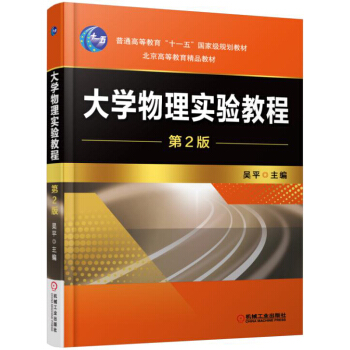
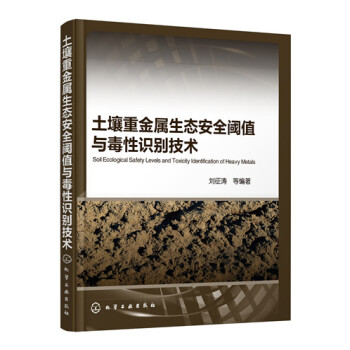
![CARIS HIPS多波束測量數據後處理教程 [Multibeam Data Processing Tutorial of Caris Hips] pdf epub mobi 電子書 下載](https://pic.windowsfront.com/11790675/56301757N4e0f75e8.jpg)
